Nautobot: The Single Source of Truth (SSoT) for Network Automation
Nautobot serves as a single source of truth (SSoT) for managing network infrastructure. It provides a centralized repository for device information, configuration management, compliance checks, automation, and vulnerability reporting. Nautobot can also synchronize with various third-party tools to enhance automation and management.
Why I'm So Excited About Nautobot
When it comes to network automation, Nautobot is the one platform that has completely changed the way I work. It’s more than just a Source of Truth — it’s the central automation hub that ties everything together. From configuration generation to compliance, from dynamic job automation to seamless integrations with other tools — Nautobot does it all. And that’s exactly why I’m such a fan.

A True Single Source of Truth (SSoT)
Nautobot shines as a Single Source of Truth. I store my entire network inventory in it: devices, interfaces, IPs, VLANs, locations, and more. With this data in one place, I can drive every automation process — fully based on structured, validated information.
# Example: Accessing Nautobot device data using GraphQL
query = '''
{
devices(name: "sw-core-01") {
name
device_role {
name
}
site {
name
}
interfaces {
name
description
}
}
}
'''
Golden Config: Full Configuration Generation and Push
One of my favorite plugins is the Golden Config app. It lets me use Jinja2 templates to generate full configurations based on Nautobot data.

And it doesn’t stop there — configs can be automatically pushed to devices via the platform.
{% for iface in device.interfaces %}
interface {{ iface.name }}
description {{ iface.description | default('N/A') }}
{% endfor %}
Let’s say an interface changes: a VLAN is updated, or the description is changed. A JobHook can detect this in real-time and regenerate the appropriate configuration snippet. That config can then be pushed directly to the device — with no human error and no delay.
Compliance as Code: Validate at Scale
With compliance enabled, Nautobot can continuously verify if devices are configured according to policy.
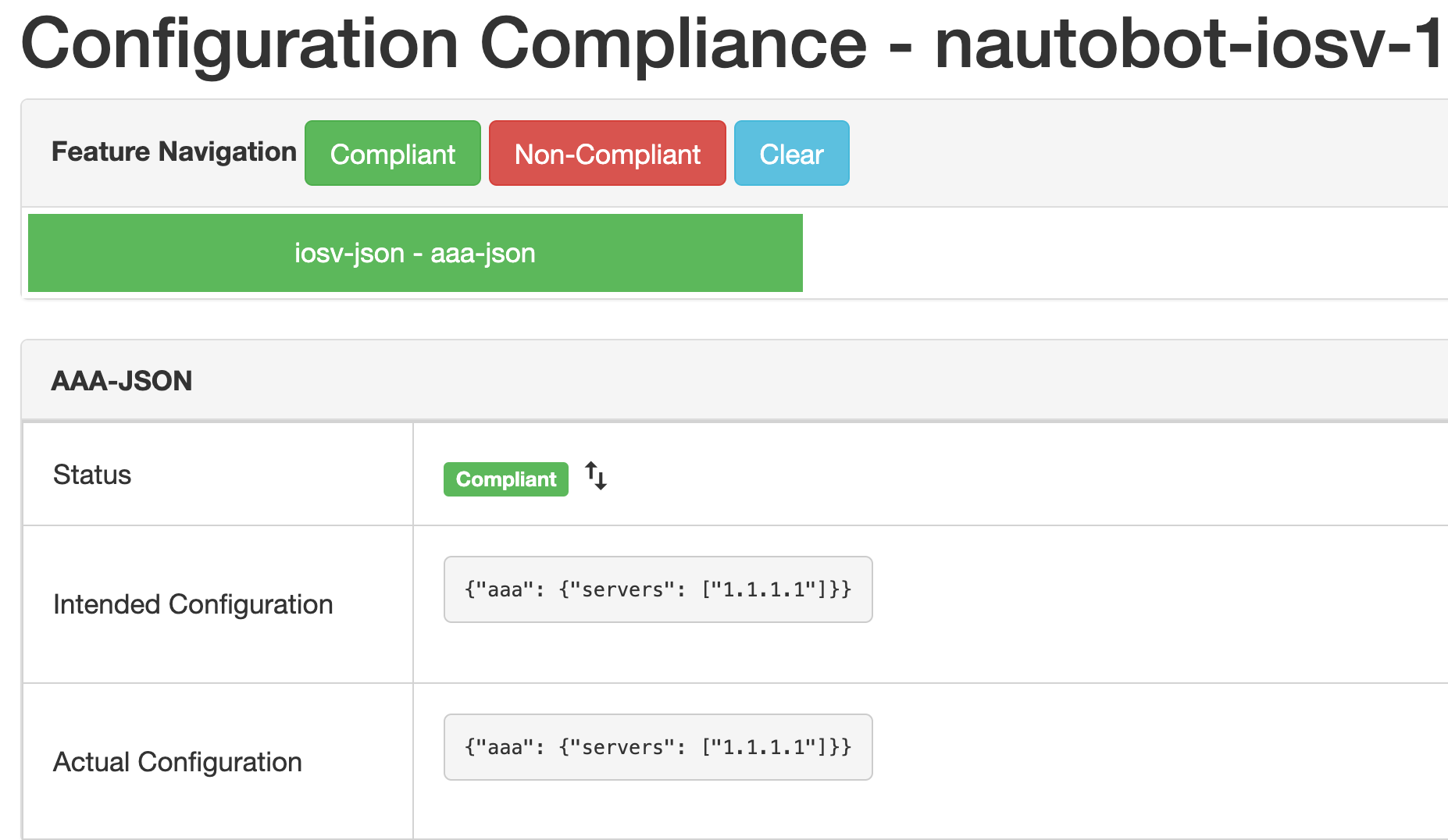
The compliance plugin compares live device configurations with golden standards and clearly shows any mismatches — per site, per device, per feature.
Four-Eyes Approval: Safe and Auditable
Another powerful feature I rely on is job approvals.

With the built-in 4-eyes principle, I can require approval before running any job that pushes changes to production. This ensures accountability and meets internal change control policies.
A Modular App Ecosystem
Nautobot’s app ecosystem is what truly makes it stand out. I use (and build) plugins that expand its functionality far beyond just inventory. Here are a few examples:
🔐 Firewall Models App
Define and manage firewall rules, zones, and policies directly in Nautobot.
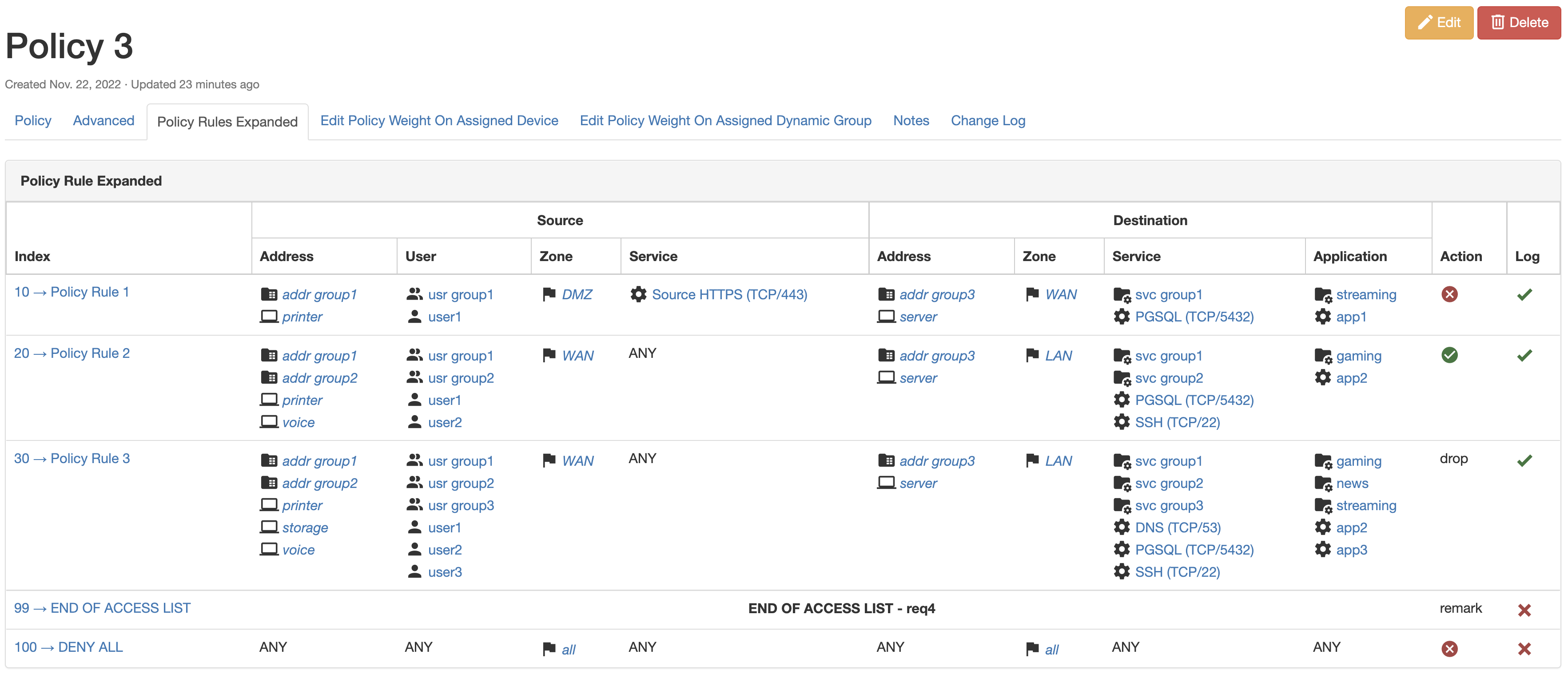
🔄 SSoT App
Sync data to and from tools like ServiceNow, Infoblox, Cisco DNA Center, and vCenter.
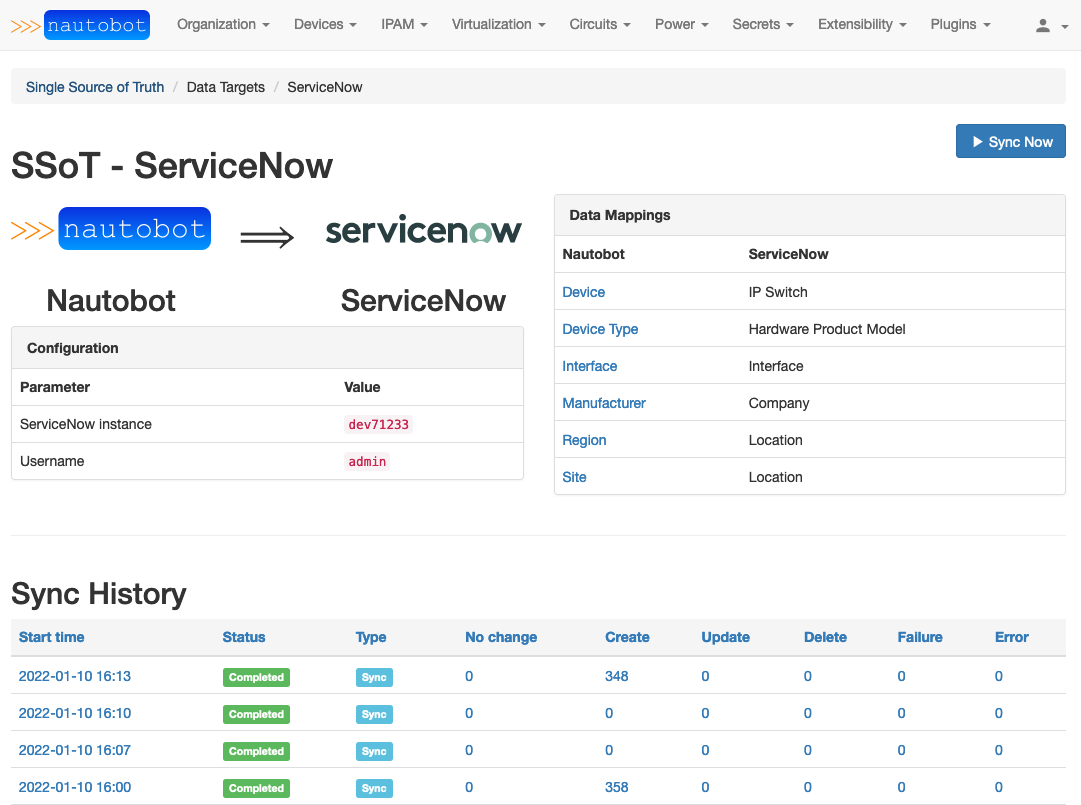
🗺️ Floor Plan App
Visualize racks, devices, and cable paths on physical layouts.
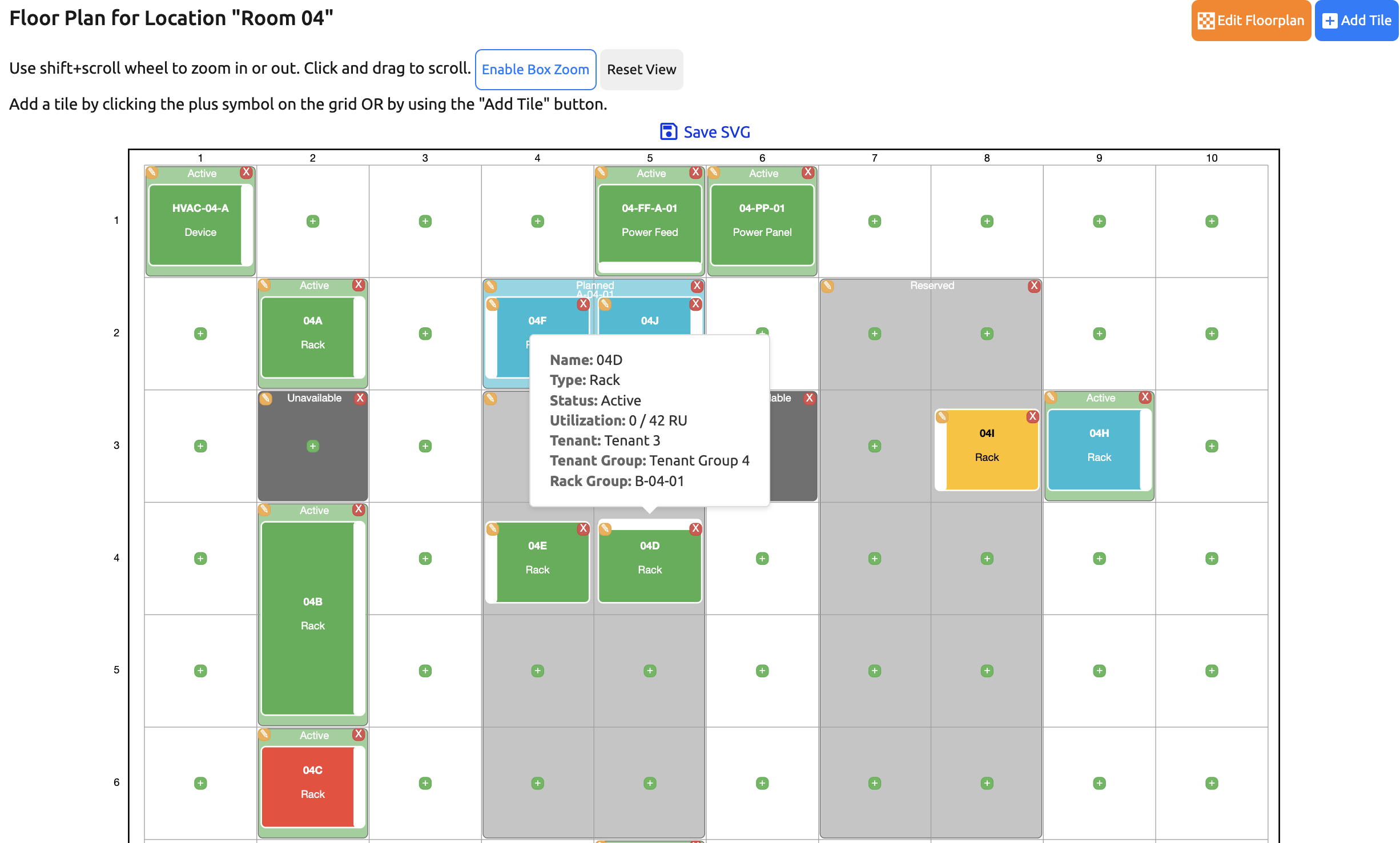
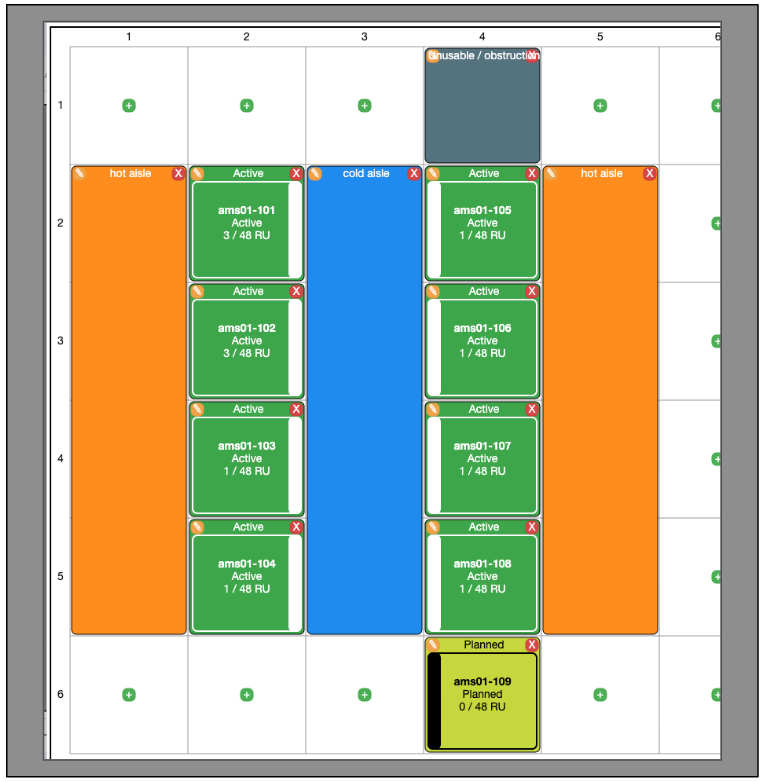
🛠️ Custom Jobs
Python-based jobs to provision and configure infrastructure:
# Example: Provision VLANs
def provision_vlans(site):
vlan_data = get_vlans_for_site(site)
for vlan in vlan_data:
create_vlan_in_nautobot(vlan)
All jobs are modular and accessible via the web UI:

Everything in One Platform
That’s what makes Nautobot so powerful: everything is centralized.
Documentation, configuration generation, validation, compliance, and integrations — all in one place.
Why Nautobot Is Essential to My Workflow
Since adopting Nautobot, I’ve eliminated dozens of manual scripts, standalone tools, and ad-hoc workflows, Ansible playbooks and Roles. Every automation I build starts with structured data in Nautobot. That’s how I ensure consistency, visibility, and control across my entire infrastructure.
Whether you're just getting started with network automation or managing a large-scale enterprise environment — Nautobot is a gamechanger.
How Nautobot Helps
- Device Information: Centralized inventory for quick and accurate access.
- Pushing Configuration: Automate deployment of network configurations.
- Compliance Checks: Ensure devices adhere to security and operational standards.
- Automating Device Configuration: Use playbooks and workflows for streamlined provisioning.
- CVE Vulnerability Reports: Gain insights into potential vulnerabilities.
- Third-Party Synchronization: Integrate with external systems for extended capabilities.
Supported Third-Party Integrations for SSoT sync
- Cisco ACI, Bootstrap, Citrix ADM, Arista CloudVision, Device42, Cisco DNA Center, Infoblox, IPFabric, Itential, LibreNMS, Cisco Meraki, ServiceNow, Slurpit, SolarWinds
By integrating Nautobot with these tools, organizations achieve greater visibility, operational efficiency, and automation capabilities.
Want to see some of the custom jobs and automations I use in practice?
👉 Visit my Nautobot Jobs section or check out my GitHub.